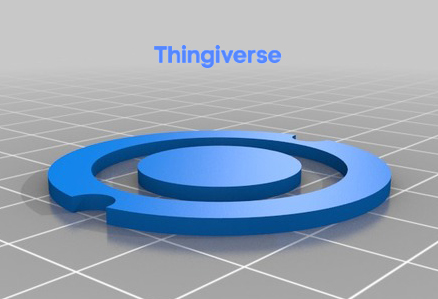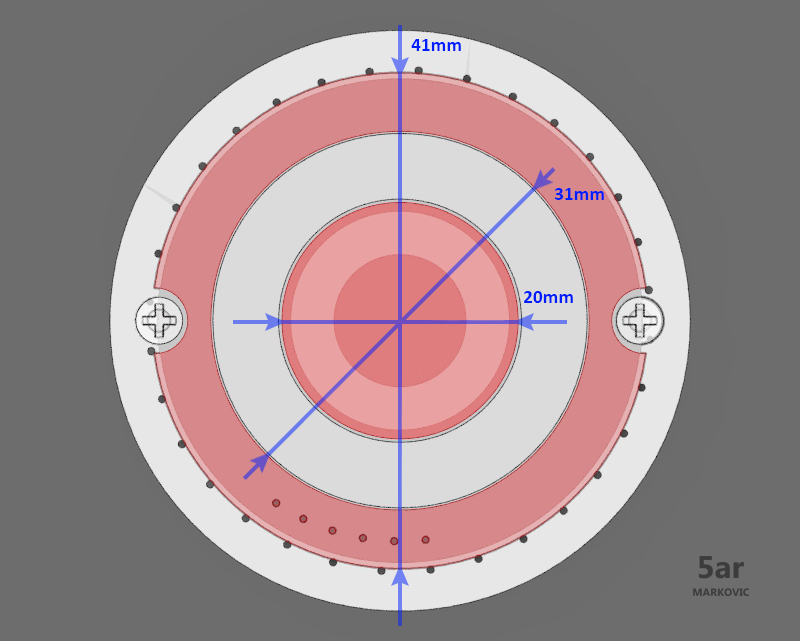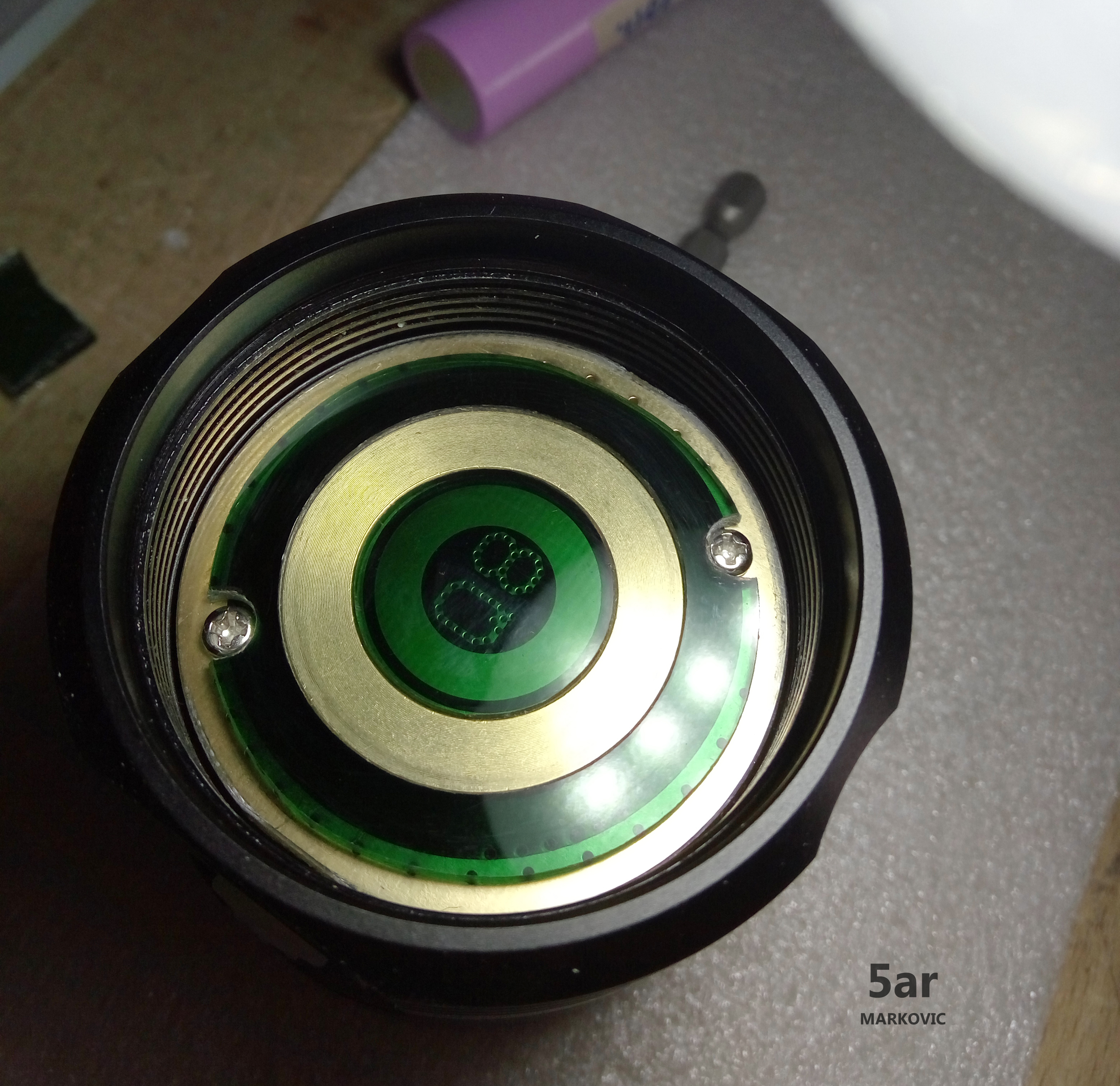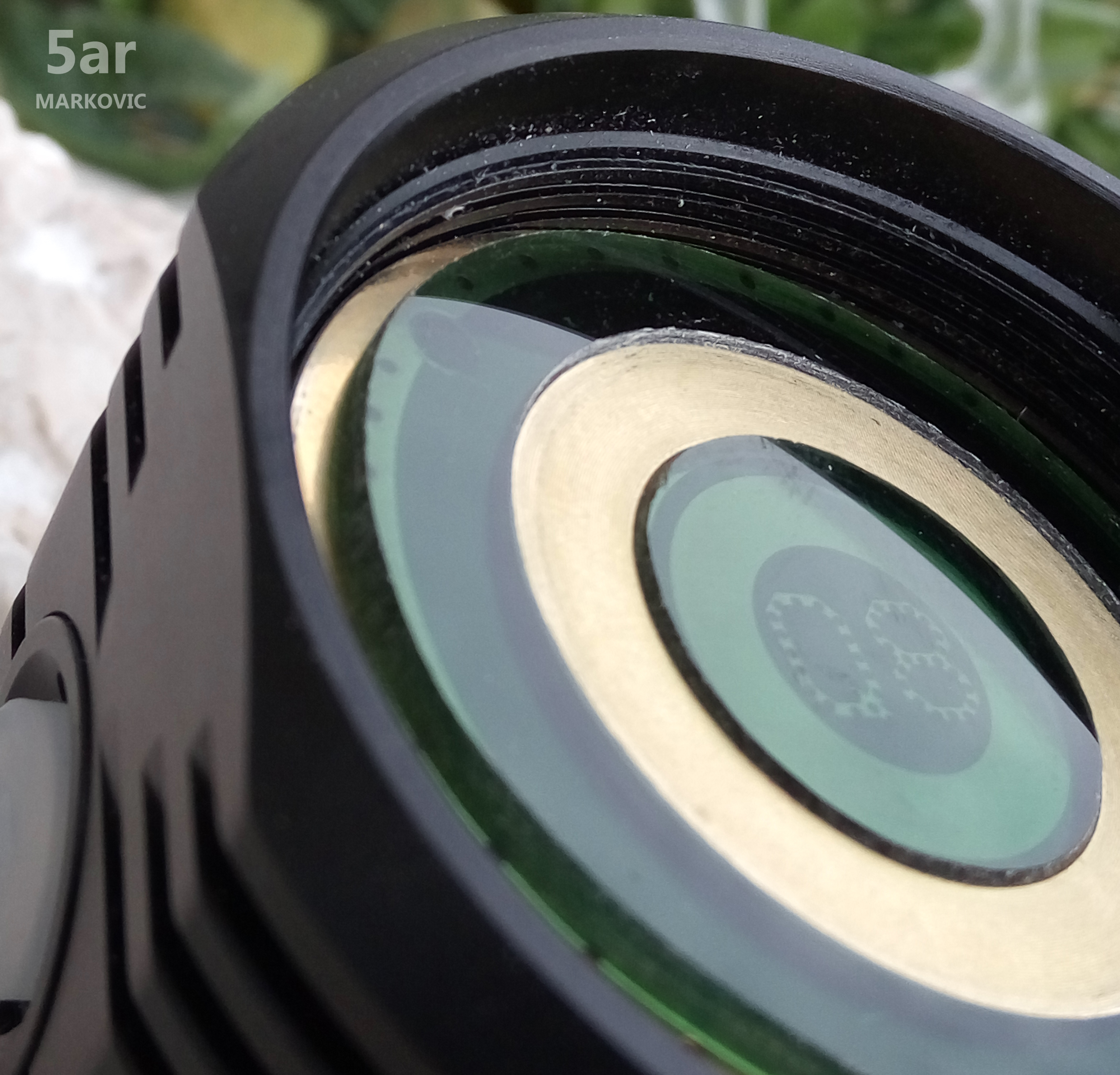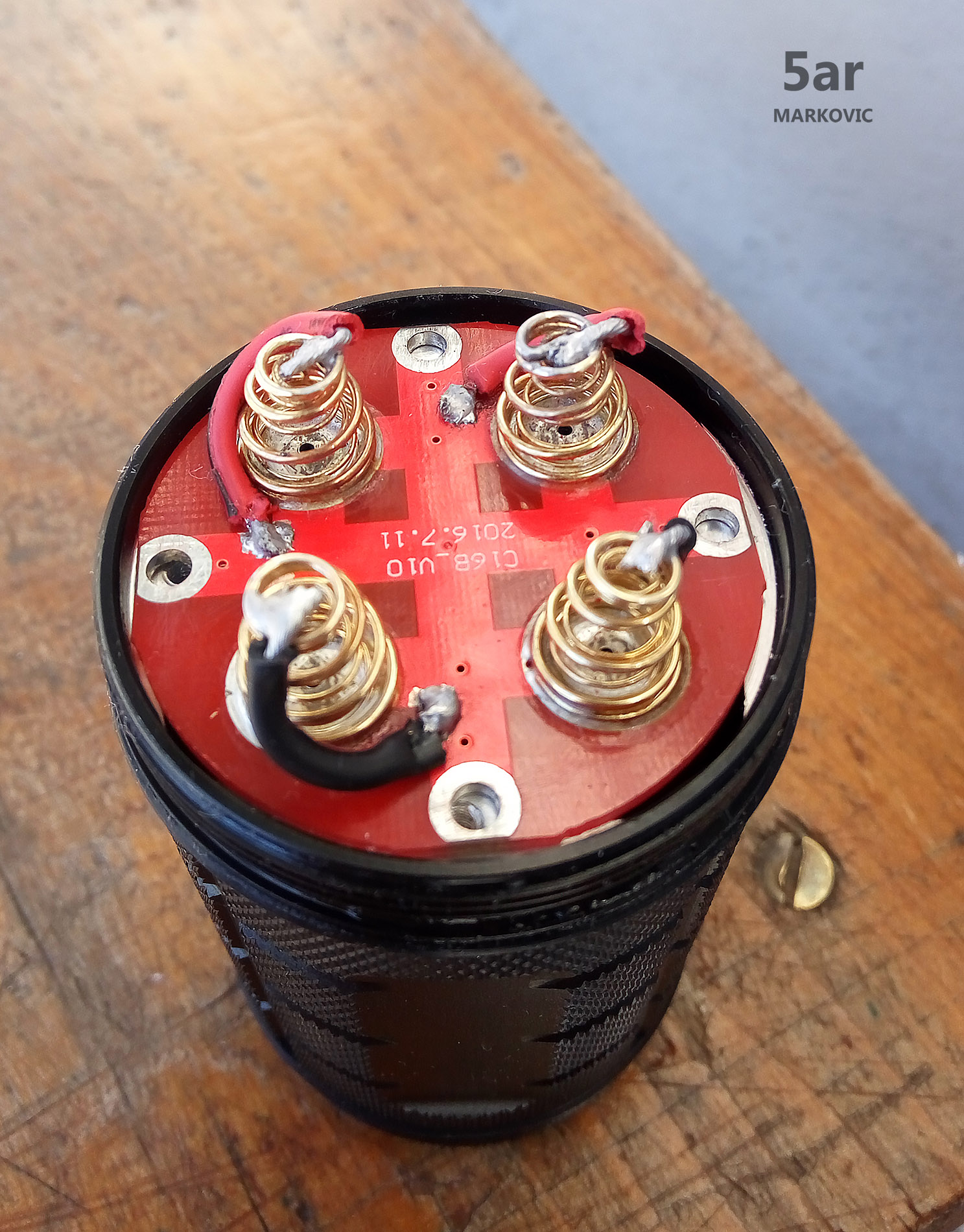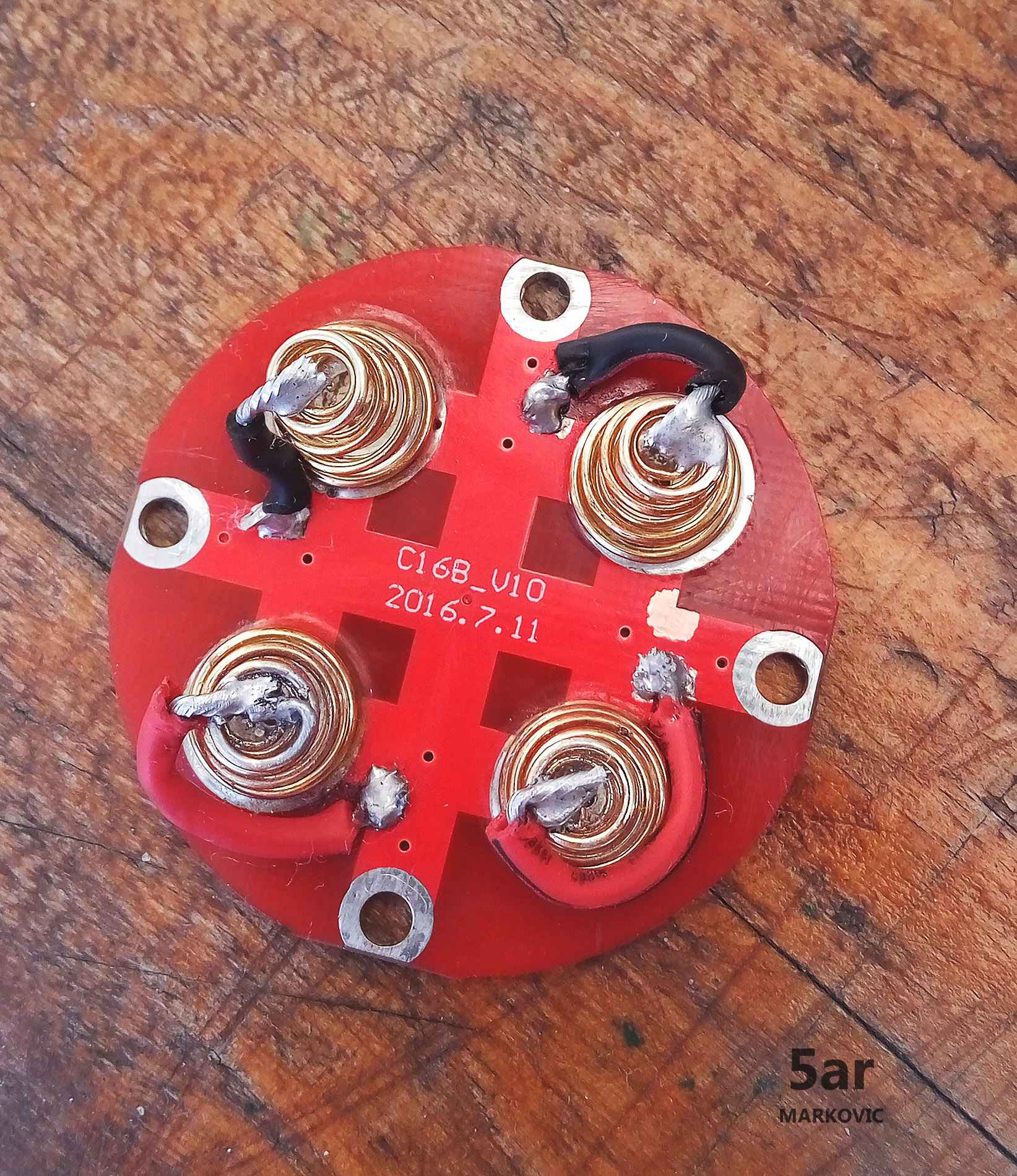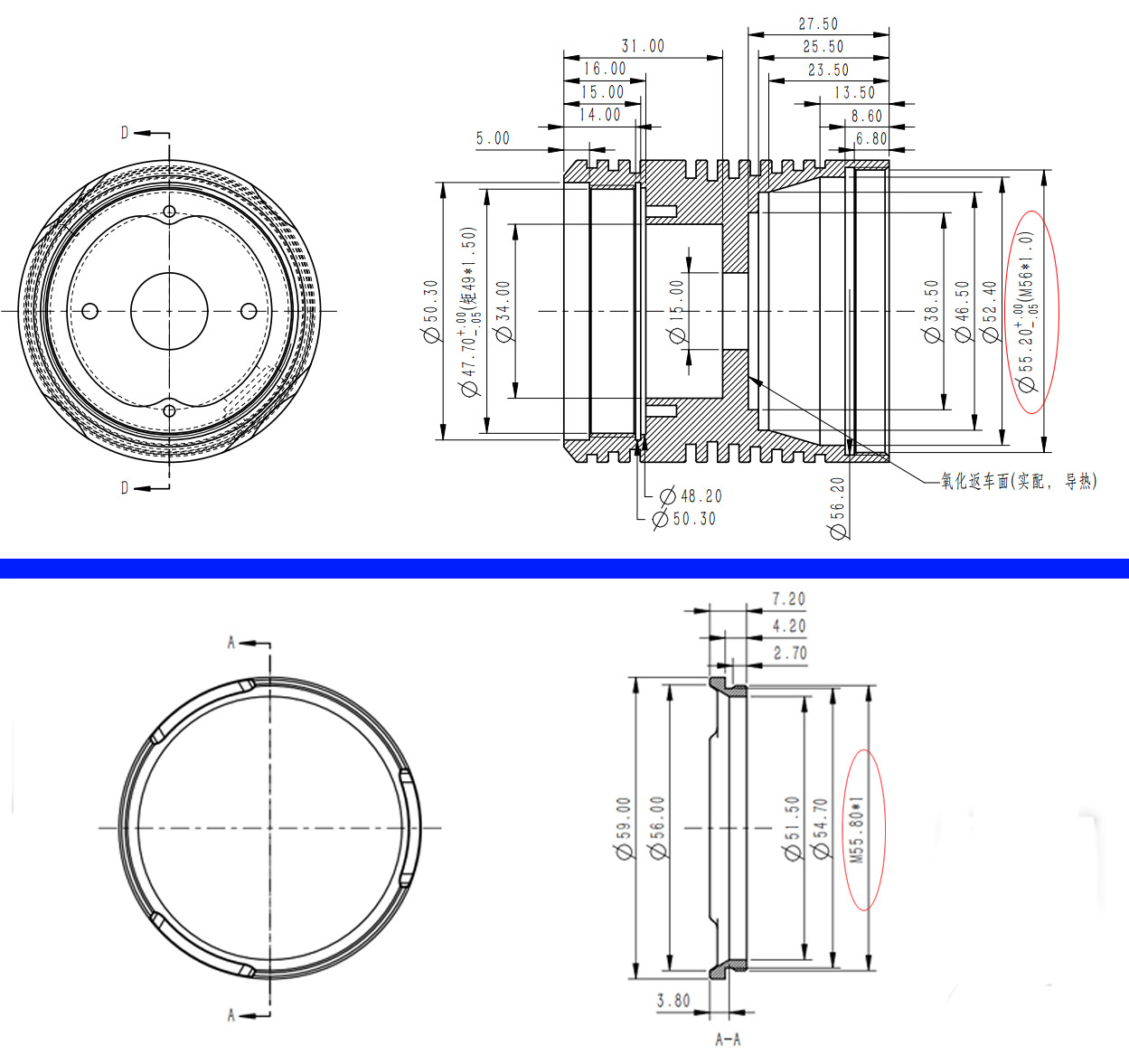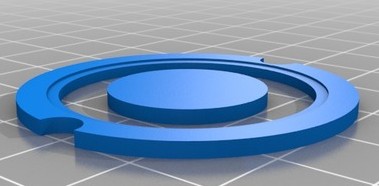I am really liking the batch 2's. This is the 3rd one I modded, but for the first two, all I did was the tail mods (bypasses, etc.) and FET replacements. Now that I got in the brass screw replacements for the batch 2's, figured I'd go further with the mod.
Did my usual 20 AWG bypass method with tossing the inner springs, tinning the rings around the screw holes. See where I'm making the pads on the traces? I'm backing off a little further from the screw hole, hoping the traces will be my acting fuse:
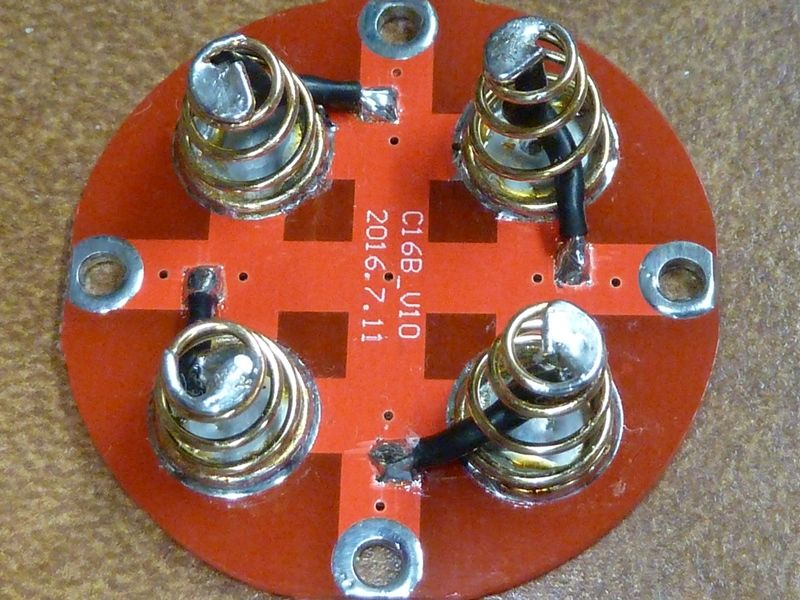
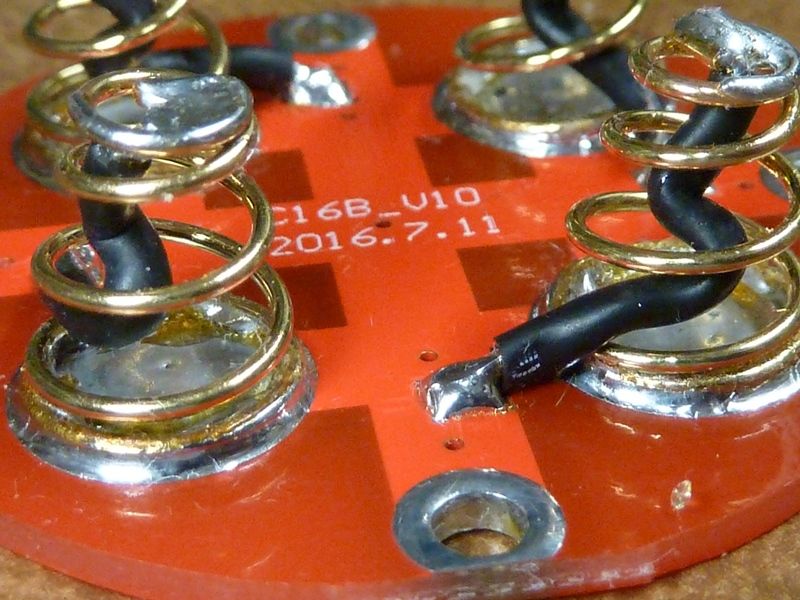
Replacement brass screws M2.5 x 5 mm shown. I'm still sanding down the shelves the screws thread in to, and using light coating of NO-OX-ID:

Here's the brass M2.5 x 10mm's and the M4 x 10mm shown. Notice the shiny copper of the MCPCB? It's sanded from 400 to 2000 GRIT, and so is the shelf, then using Arctic MX-4. I got quite a bit squeezed out shown there, more than I thought. I screwed in all 3, but cranked down on the center reflector screw first. The LED's in this light are the best centered I've seen so far in any Q8. I always struggle with batch 1's to get them centered. The stock 18 AWG is replaced with better 18 AWG. The stock ones are stiff, less strands, while the replacement wire I got from IOS a while back: 200C rated and 150 strands. The stock wires in batch 2 are much shorter at 45 mm, batch 1 are 62 mm. I made the replacements 47 mm, but if I were to do it again, I'd use 48 mm. I think 48 mm will be about right for the shortest possible, but still able to get at things easy enough:
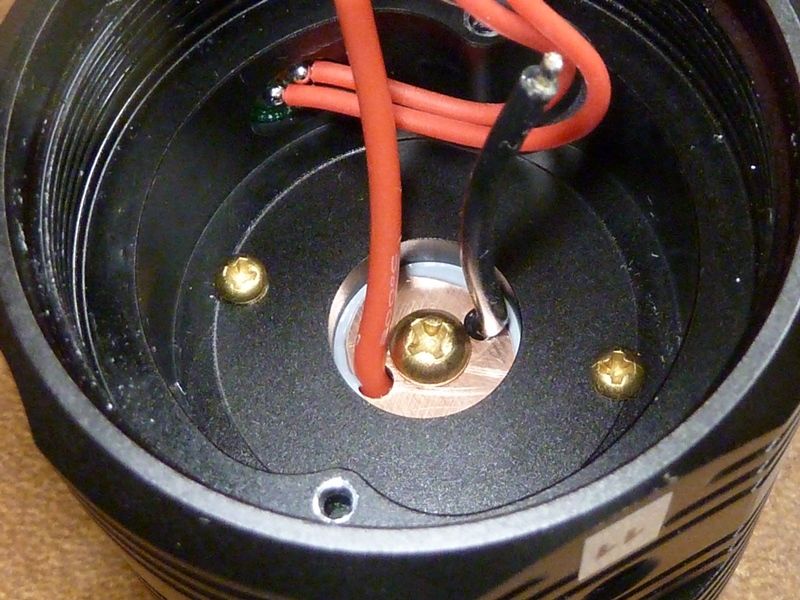
How here's something I haven't see noted yet. The Batt+ contact ring is not flat - it slants down inward. So I got about 2/3's of it level by sadning using 400 GRIT paper initially, then smoothed out to 1000 or 2000 GRIT. You can see below the shiny portion is sanded level:

This Q8 got the Infineon FET, shown below. I'm still thinking the SIRA20DP is slightly better, but I got 10 of these to use:
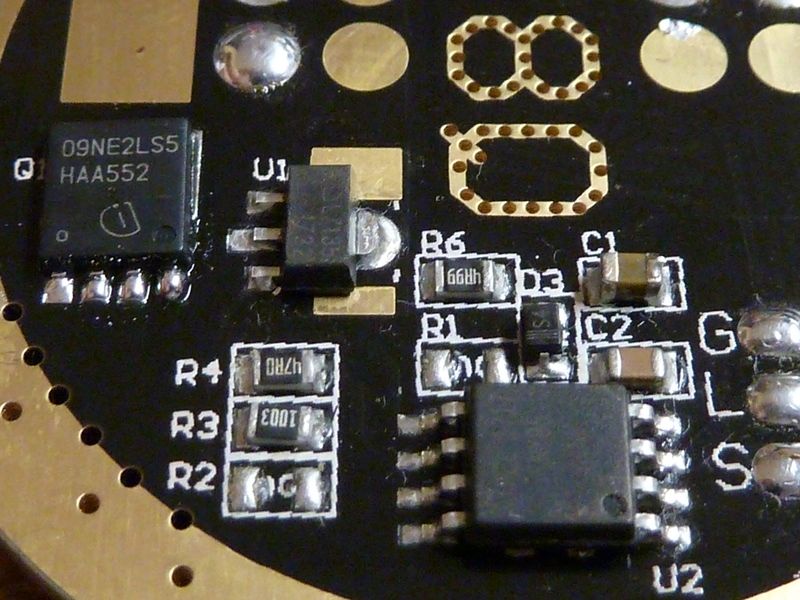
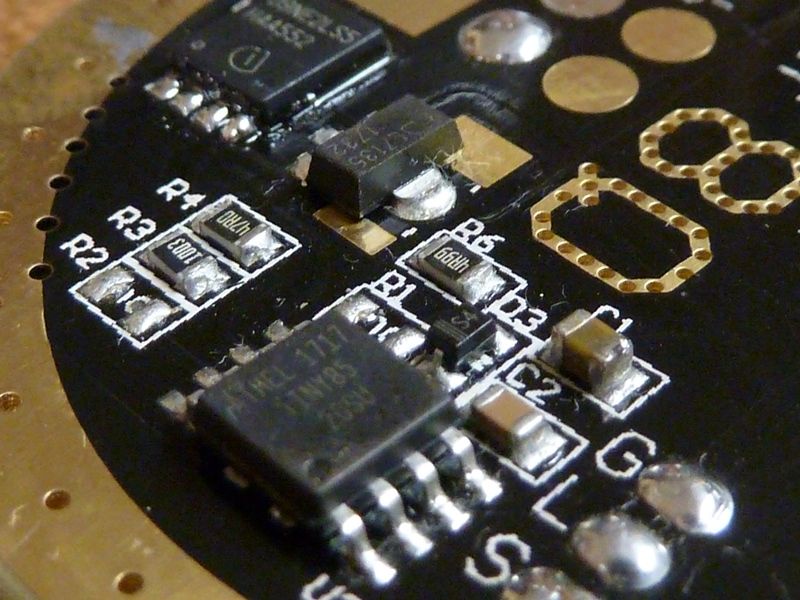
In addition to the above mods:
- use a bigger drill bit now to bevel the drill holes if not done so already for the critical screw connections
- stayed with the stock driver screws - no point to replace them
- this one has regular glass lens, no AR coating
- sanded smooth the battery tube edge that makes contact to the driver, to 2000 GRIT
So what about the results?
On 30Q BT's @41.9V, lumens: 7510 @start, 6970 @30 secs, 70 kcd taken at 5m (529 meters)
It's the best results I got from a Q8 so far - new record for me.
